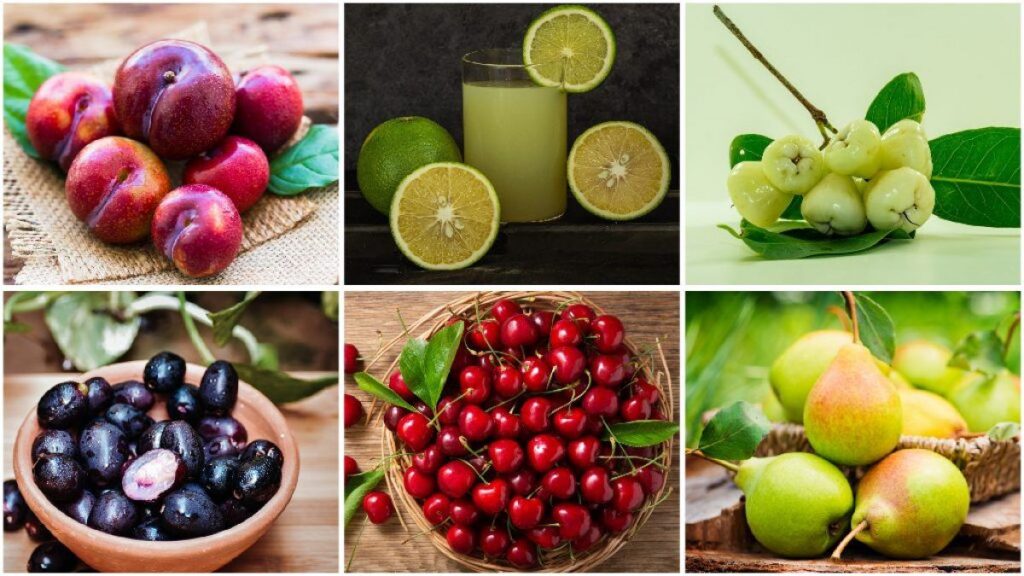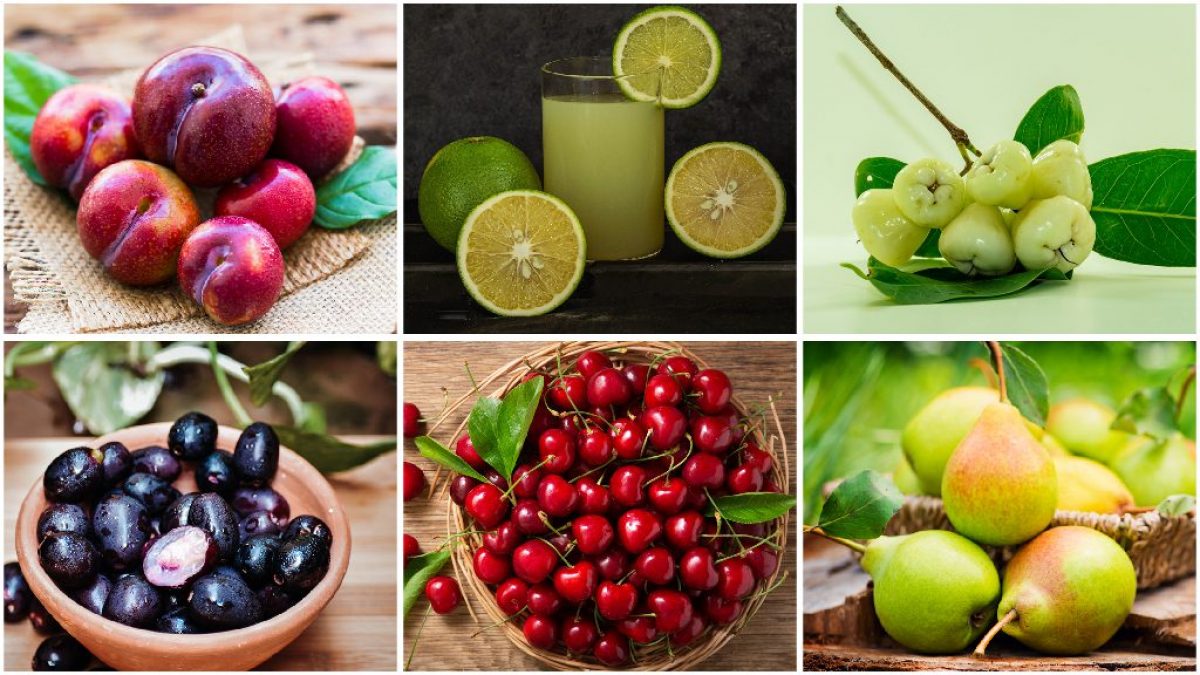
Every monsoon used to be the same for me—cold, cough, fever, and at least one week in bed with ginger tea and tissues. I thought it was just “seasonal,” and it would pass. But over time, I realized something was off in my diet. I wasn’t eating the right things. Especially not the right fruits.
Monsoon looks romantic in movies, but let’s be honest—it brings humidity, infections, and that unpredictable cold-warm-cold cycle that messes with your immunity. So I started paying attention to what I eat, and especially what fruits I include.
Here are 7 fruits I now swear by during the rainy season, based on what actually helped me stay strong, energized, and illness-free.
1. Jamun (Java Plum)
This one is my personal monsoon favorite. I grew up eating jamuns with a little black salt sprinkled on top. Not only is it tasty, but jamun also helps control blood sugar and improves digestion. Plus, it’s full of antioxidants that protect your body from seasonal infections. It’s like nature’s little medicine wrapped in purple.
2. Pears (Nashpati)
I used to ignore pears—honestly, they felt boring. But once I added them to my morning fruit bowl during a bad monsoon cold, I realized how soothing they are. Pears are rich in fiber and Vitamin C, and they’re great for your throat and immunity. Cool, crunchy, and healing.
3. Pomegranate (Anar)
This fruit saved me from fatigue more times than I can count. During monsoon, energy levels often drop, and I used to feel sluggish all day. Pomegranates gave me that slow, steady energy. Rich in iron, they also help fight infections and improve blood flow. I now call it my natural energy drink.
4. Apples
“An apple a day…” we’ve all heard it, but I started believing it only after I ate apples consistently during one monsoon. While people around me were coughing, I was somehow untouched. Apples are easy to digest, full of fiber, and help keep your gut clean—which is super important during a season when digestion slows down.
5. Plums (Aloo Bukhara)
These little red-purple fruits are underrated, but they’re fantastic for your liver and skin. I had bad breakouts one monsoon because of all the fried snacks I was eating. Adding plums helped flush out toxins. They’re sweet, tangy, and cleanse your system without you even realizing it.
6. Lychee (Litchi)
This one reminds me of childhood, when we’d sit on the terrace during a light drizzle, peeling litchis and laughing. Lychees are hydrating, full of Vitamin C, and help keep the skin fresh even in sticky weather. I try not to overeat them, though—moderation is key.
7. Banana
Yes, even in monsoon! There’s a lot of confusion about bananas, but if you choose clean, fresh ones, they’re great. They help with digestion, give you quick energy, and are rich in potassium. I eat one after a rainy-day workout or when I feel heavy after fried pakoras.
Some Tips from My Side:
Wash all fruits thoroughly. Monsoon brings bacteria and mud. I sometimes soak them in saltwater for 10 minutes.
Avoid pre-cut fruits from outside. I learned this the hard way after a street-side fruit bowl gave me a stomach infection.
Don’t overeat citrusy fruits at night. Oranges and pineapples are good but better in moderation, especially if you have a sensitive throat.
Final Thought:
Monsoon is not the time to test your immunity—it’s the time to protect it. Adding the right fruits to your daily routine won’t just help you fight infections, it’ll also give you the energy to enjoy the season. Dance in the rain, sip your chai, eat your bhutta—but don’t forget your jamuns and pears!
Trust me, the difference it makes is real. I learned it the hard way—now you don’t have to.

